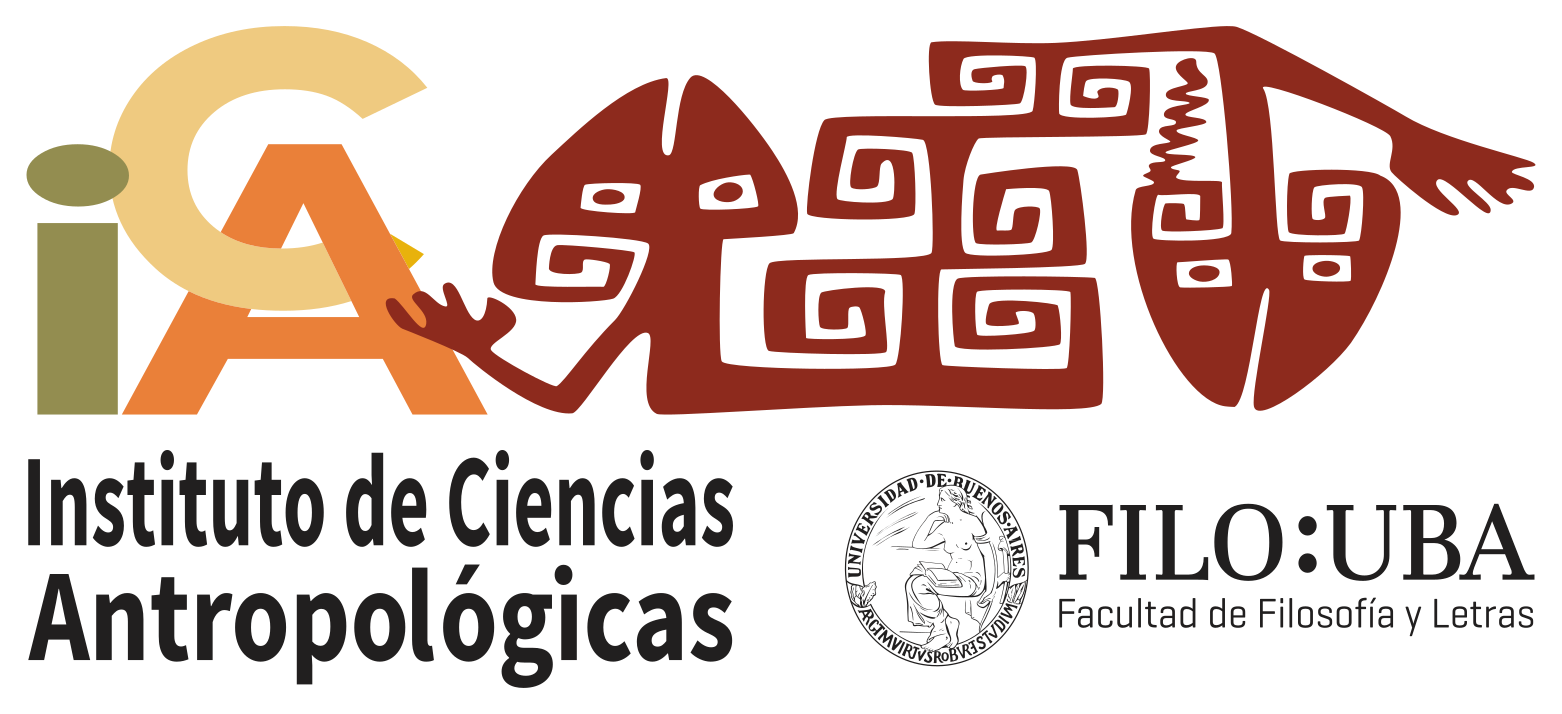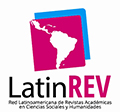Concepto y gestión del patrimonio local
Abstract
Firstly, this article is a reminder of the principles of the basic mechanics of the social construction of heritage and it sets out some questions on the matter. Further on, it deals with the specificity of the social construction of local heritage. This specificity comes from the fact that the scale factor gives a constituent character to the meaning. This meaning is fed by memory, mainly inter-subjective (that means, shared), constructed, for its part, in the light of the several needs and interests of present time. Memory determines not only the relevance of referents but also the contents of discourses. Thus understood, local heritage means a threat and an opportunity. A threat because, faced to the perception of external aggressions, it tends to get shut in itself, inducing the narcotising, excluding dynamics of the community. An opportunity because, potentially it constitutes an open forum to polyhedral social reflexivity, enabling to tackle with social reproduction in a participating way.Downloads

Esta obra está bajo una Licencia Creative Commons Atribución 4.0 Internacional
Cuadernos de Antropología Social sostiene su compromiso con las políticas de Acceso Abierto a la información científica, al considerar que tanto las publicaciones científicas como las investigaciones financiadas con fondos públicos deben circular en Internet en forma libre, gratuita y sin restricciones.
Los contenidos y opiniones expresadas en los artículos publicados son de entera responsabilidad de sus autores.
Los autores/as que publiquen en esta revista aceptan las siguientes condiciones:
- Los autores/as conservan los derechos de autor y ceden a la revista el derecho de la primera publicación, bajo la licencia de atribución de Creative Commons, que permite a terceros utilizar lo publicado siempre que mencionen la autoría del trabajo y a la primera publicación en esta revista.
- Los autores/as pueden realizar otros acuerdos contractuales independientes y adicionales para la distribución no exclusiva de la versión del artículo publicado en esta revista (p. ej., incluirlo en un repositorio institucional o publicarlo en un libro) siempre que indiquen claramente que el trabajo se publicó por primera vez en esta revista.















